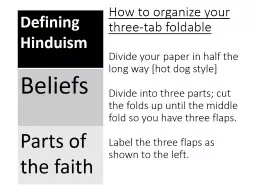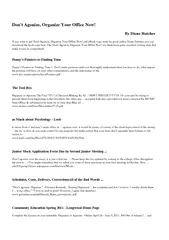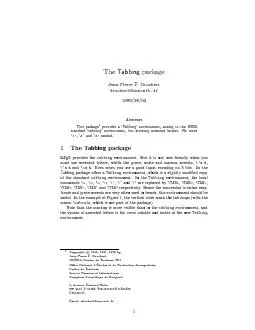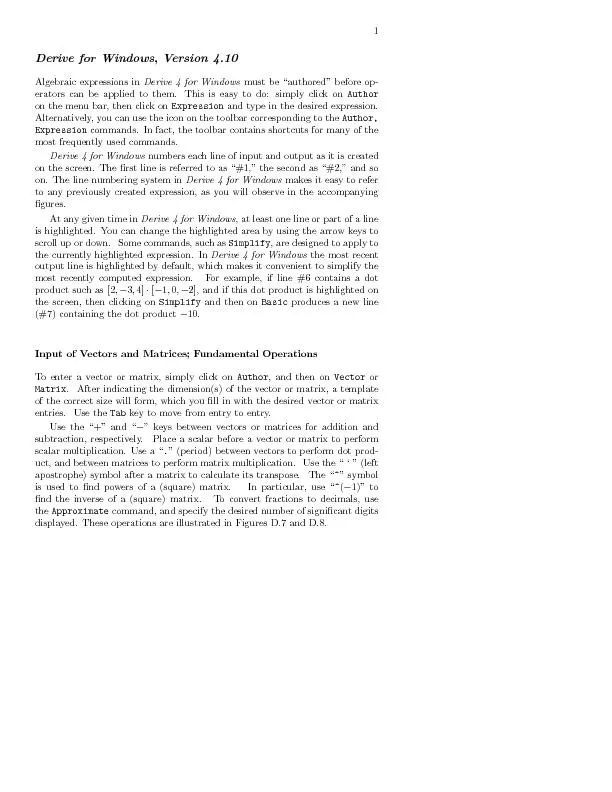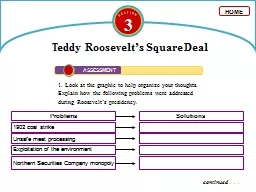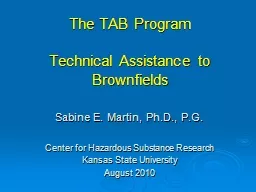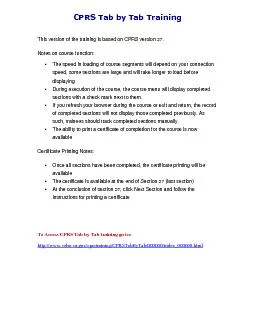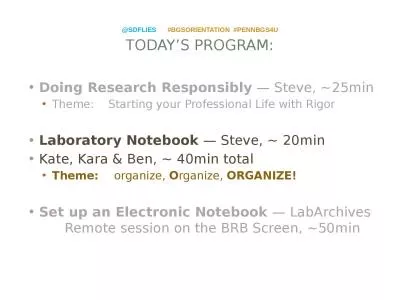PPT-How to organize your three-tab
Author : karlyn-bohler | Published Date : 2017-06-07
foldable Divide your paper in half the long way hot dog style Divide into three parts cut the folds up until the middle fold so you have three flaps Label the three
Presentation Embed Code
Download Presentation
Download Presentation The PPT/PDF document "How to organize your three-tab" is the property of its rightful owner. Permission is granted to download and print the materials on this website for personal, non-commercial use only, and to display it on your personal computer provided you do not modify the materials and that you retain all copyright notices contained in the materials. By downloading content from our website, you accept the terms of this agreement.
How to organize your three-tab: Transcript
Download Rules Of Document
"How to organize your three-tab"The content belongs to its owner. You may download and print it for personal use, without modification, and keep all copyright notices. By downloading, you agree to these terms.
Related Documents

